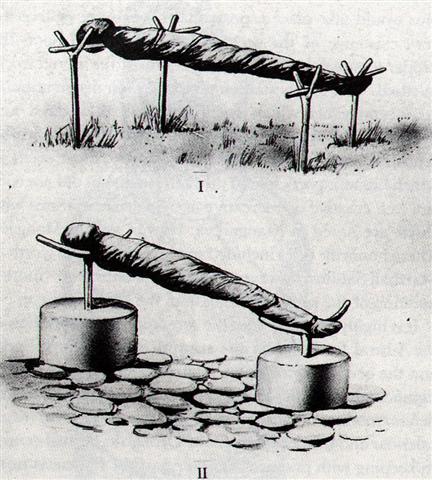|
TRANSLATIONS
Next pages:
If we compare what could be a toga with a reversed ihe tau with my normal toga we can see several differences:
In Bb8-42 the Y-form at right seems to have been drawn with the intention to show a toa. This straight toa forms the right side of a composition which may allude to haga rave:
The straight right side of what could be a reversed ihe tau resembles the straight side of non-reversed ihe tau in Bb10-35. Both these straight sides could be signs of 'measurment strings'. In Bb10-35 the straight line is leaning forward - maybe saying the winter solstice (or similar) is ahead. In the summary at ihe tau two glyphs are presented:
The marama glyph type means 'night' and it shows a waxing moon crescent. If ihe tau is a picture of half a moon crescent, it is the half of a waning moon crescent. In Ca7-27 such half a waning moon crescent has been turned upside down - the waxing moon season has arrived. No, that cannot be correct. If we turn an ihe tau sign around (180°) it will be turned upside down and then the curved outside line will be at left, no longer at right. Therefore it is half a waxing moon crescent which has been turned around - the waning moon season has arrived. At left in Ab1-37 the half waning moon crescent has been 'killed' by the gap in its circumference. At right the 'living' ihe tau sign is unusual - it shows a marama sign, I would say. The whole waxing crescent is at right and living, the half waning crescent is 'dead' at left. In Bb8-40 the tao sign at left has also been 'killed' by the gap (here at right) in its circumference:
The moon seems to define how a toga glyph should be read. The sun could therefore define how a hua glyph should be read. Sun has the waxing season of the year, moon the waning. This could be the basic rule, from which variations can be constructed. There are two bends in Bb8-40, first in 'south' then in 'north'. |












